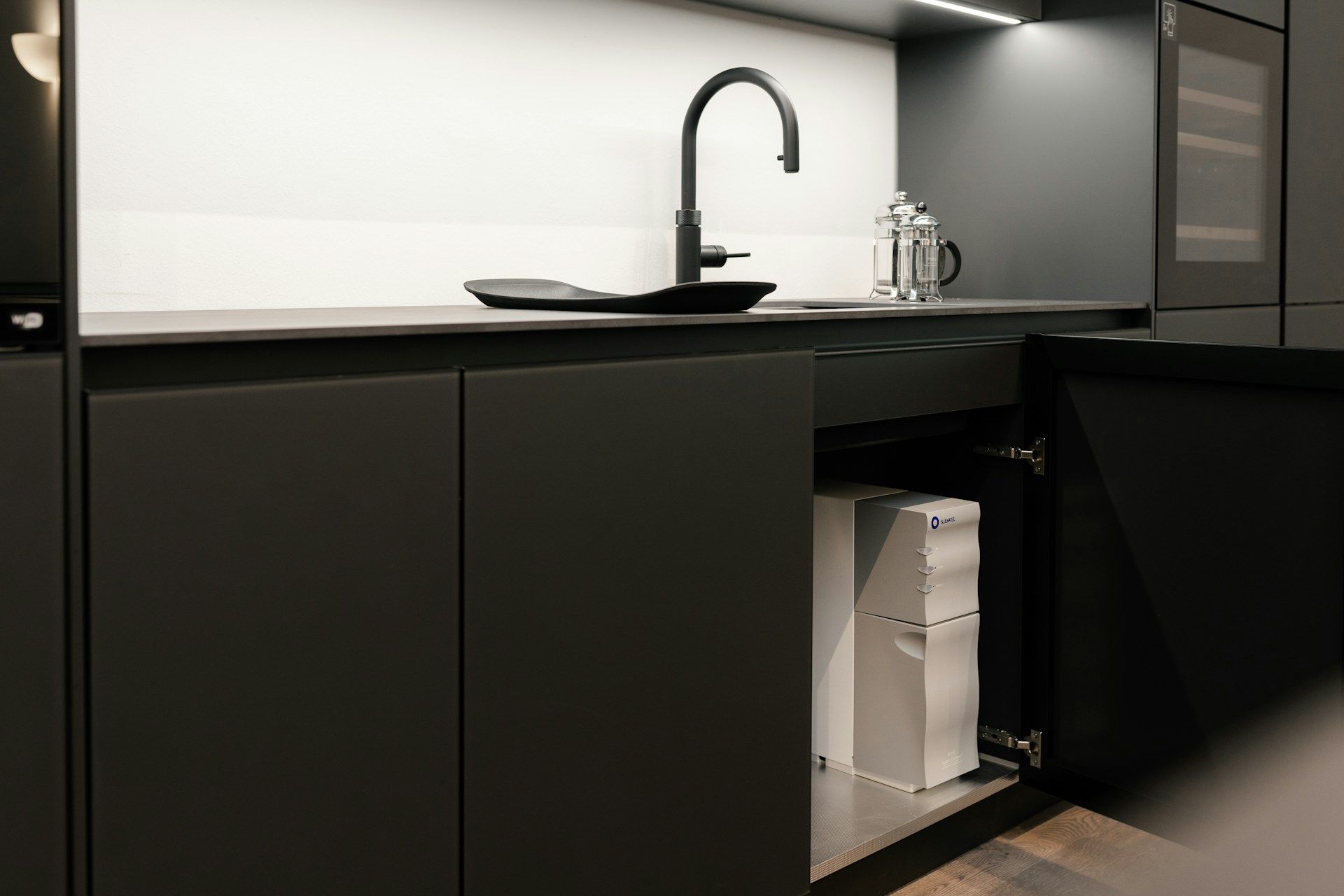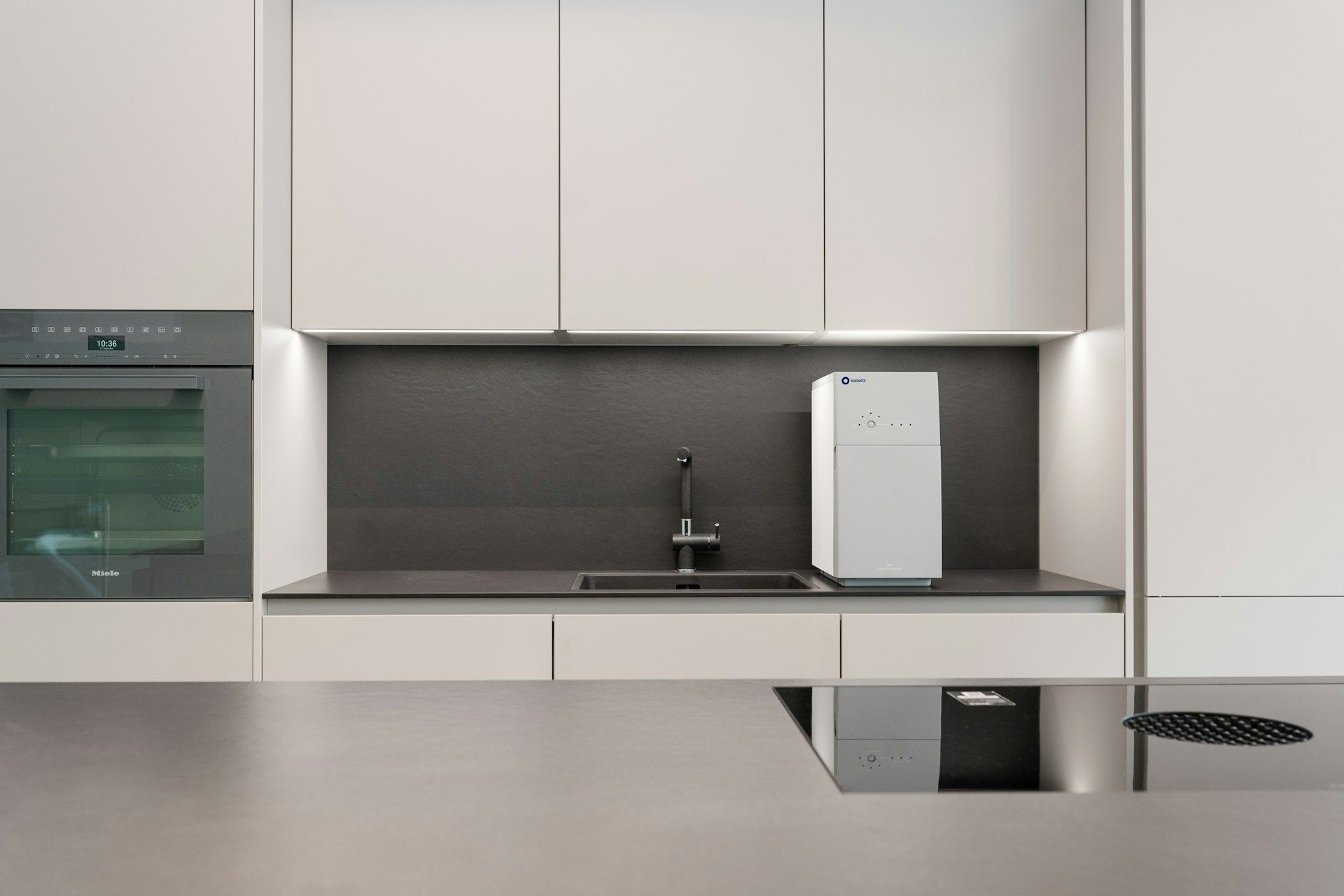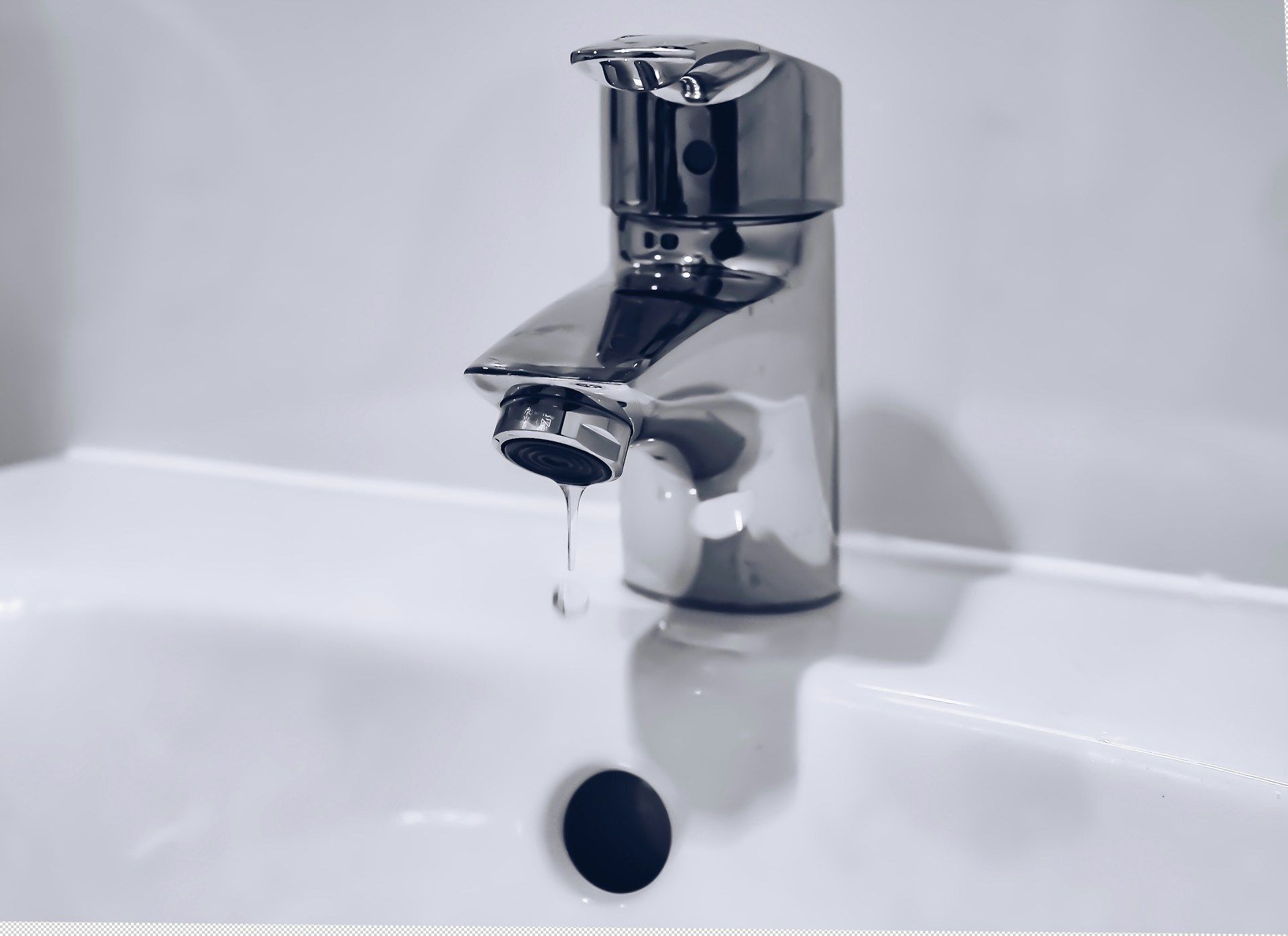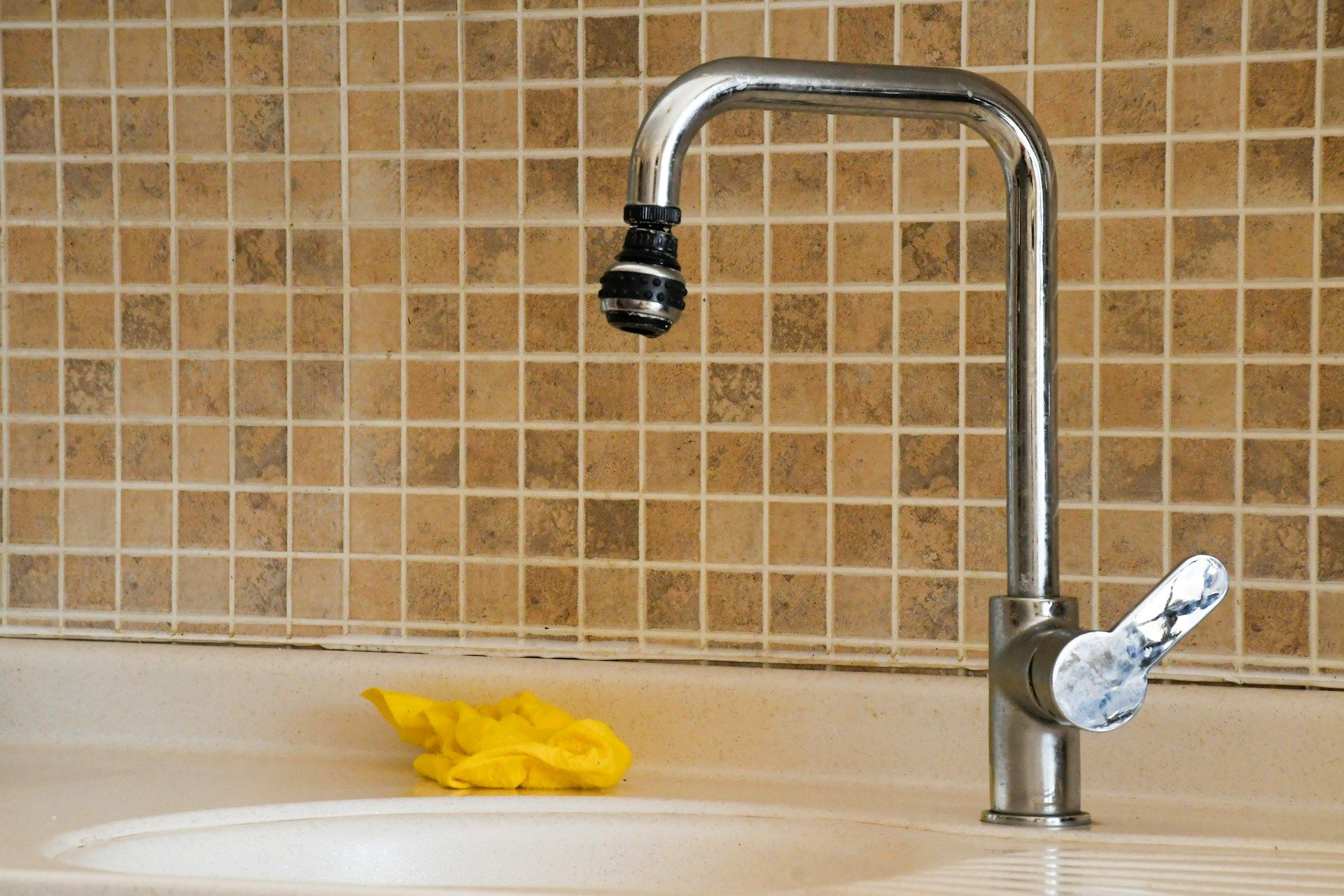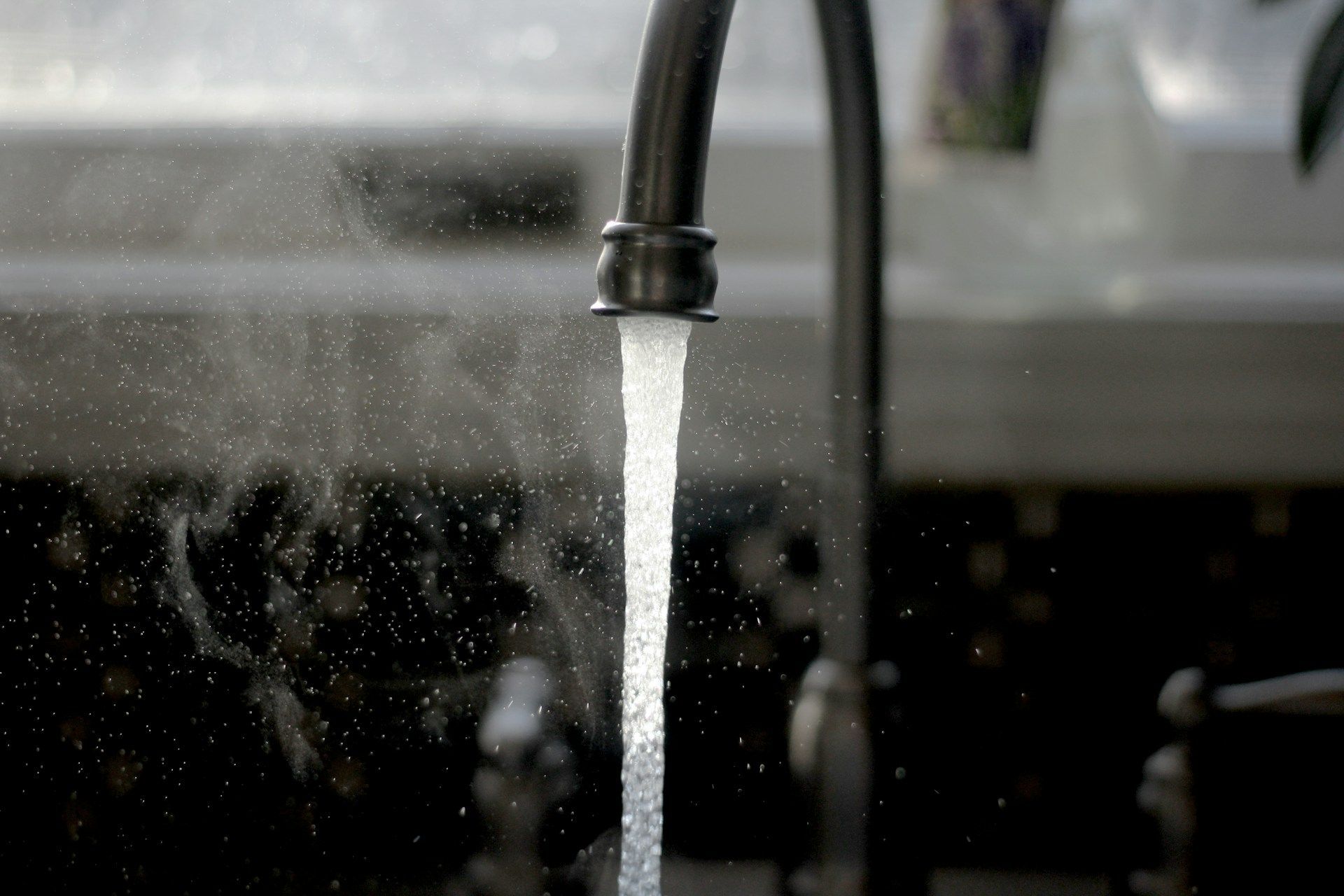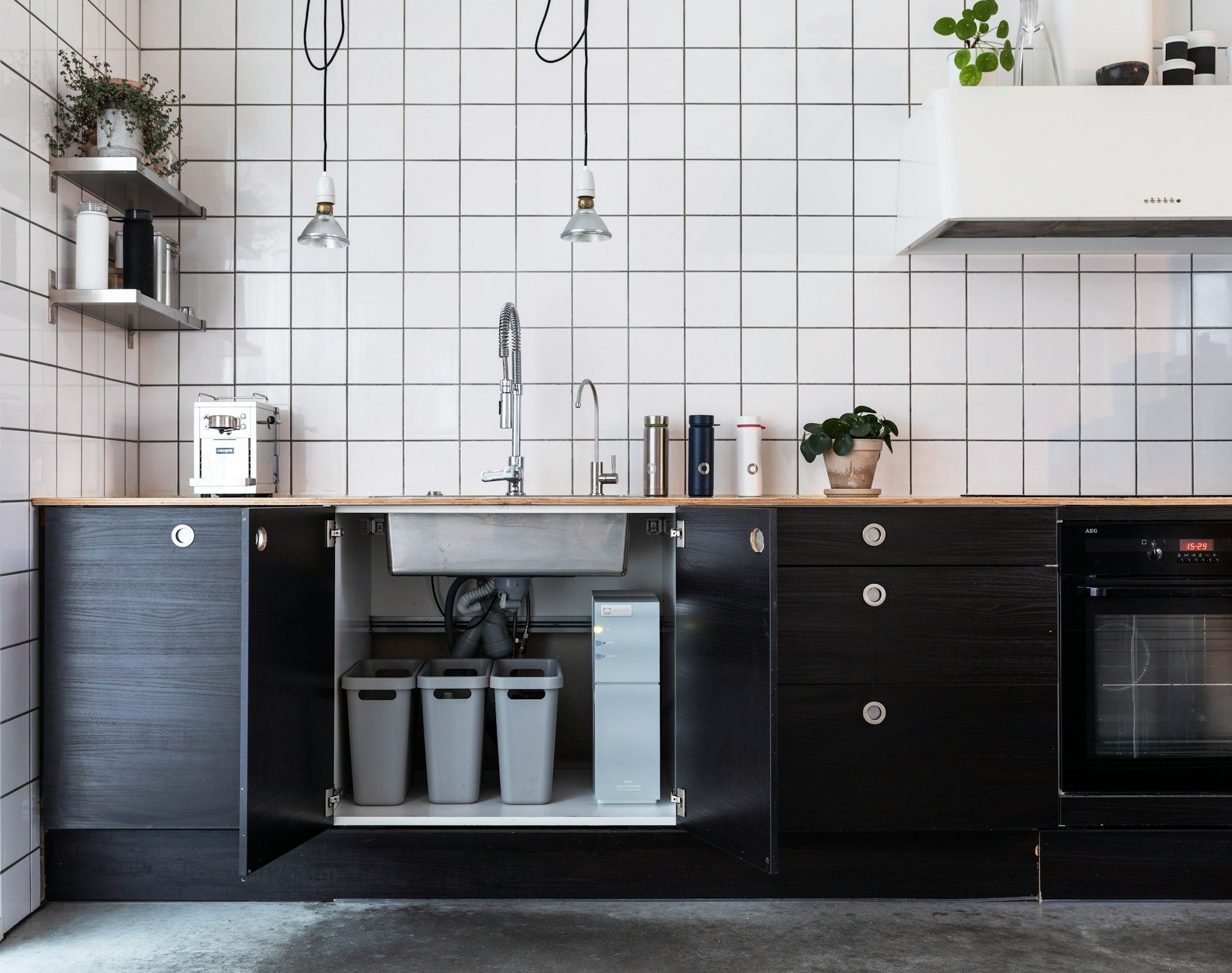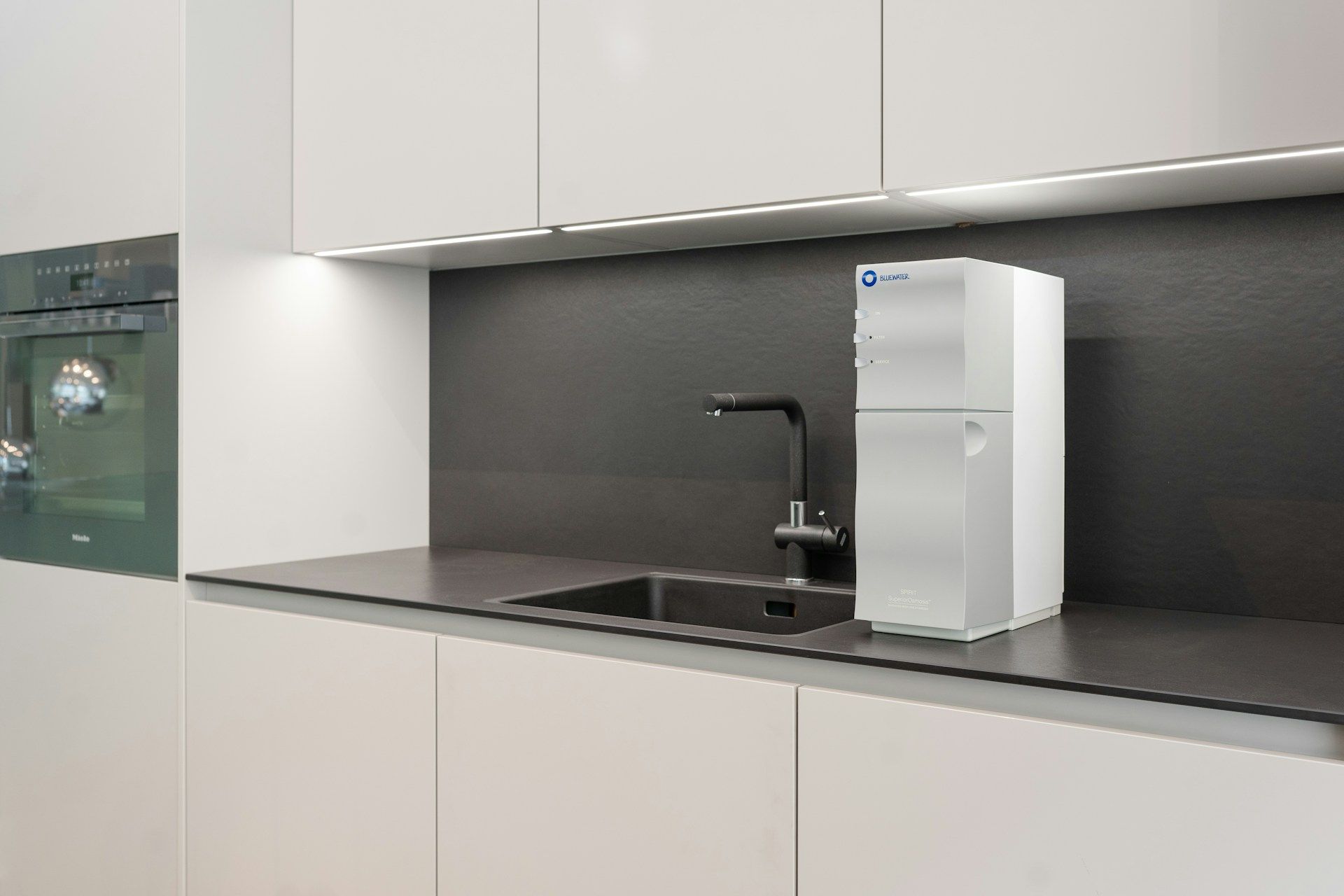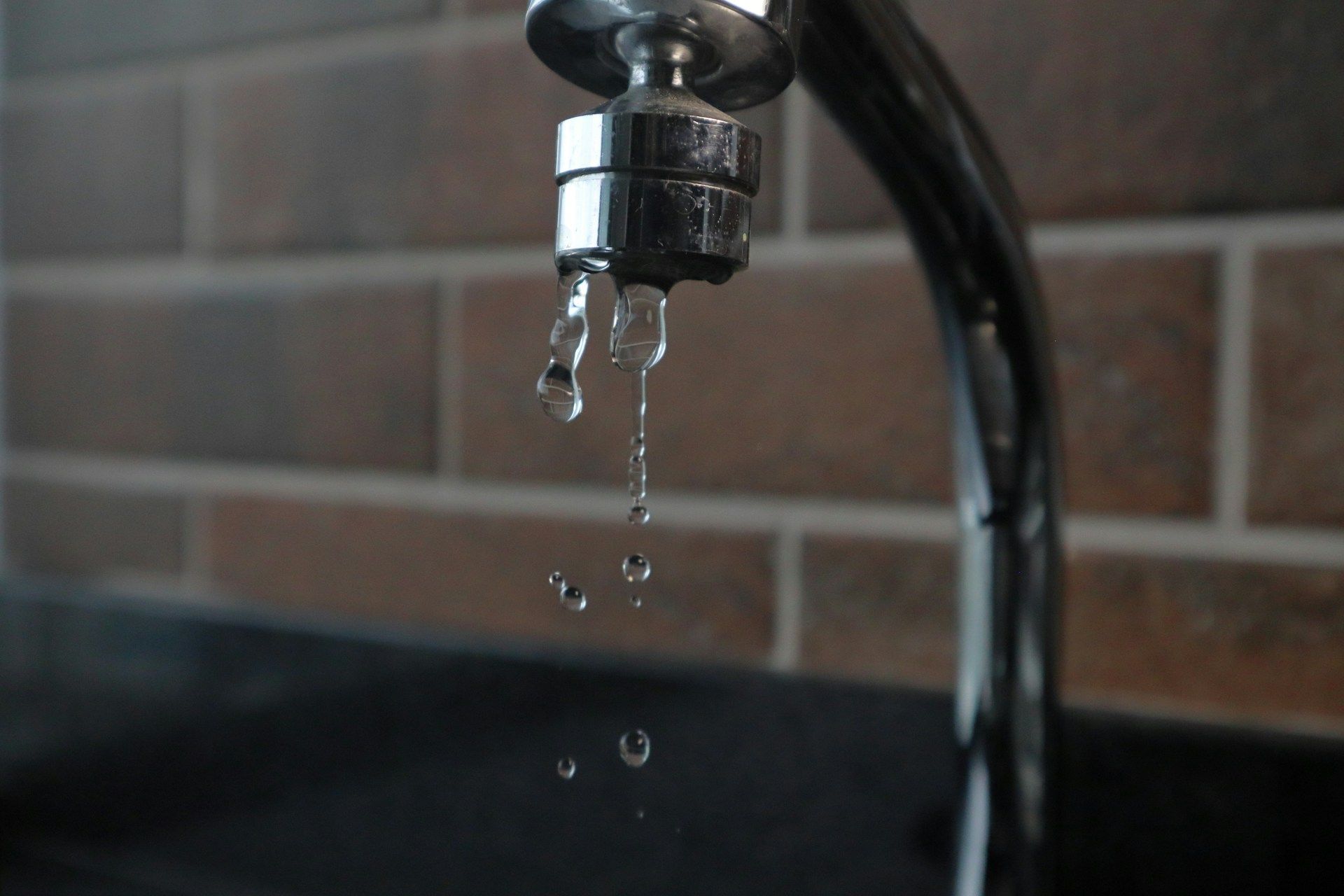What Makes a Water Purification System the Right Fit
When we start thinking about water purification system installation, it’s easy to focus on features, models, and price tags. But the real question we should ask first is this: does the system actually fit your home and your life?
Heading into November, we know how quickly temperatures drop throughout Park City and Salt Lake City. Water systems can’t be an afterthought, especially in colder months. A wrong match can mean filters freeze, water slows down, or quality drops just when holiday guests arrive and usage goes up. Getting the setup right isn’t about picking the biggest or most expensive. It’s about paying attention to your home, your habits, and how your water behaves.
There’s no single best system for everyone. The right fit depends on where your water’s coming from, how often you use it, and how you want it to feel when it flows from the tap. Let’s break down what really makes a system work the way it’s supposed to—quietly, cleanly, and all year long.
What Your Water Is Telling You
Water has a way of showing you what it’s carrying. Sometimes it’s the smell—a little chlorine, a metallic edge, maybe even a damp, earthy scent. Other times, it’s what you see. Cloudiness. Yellow or brown tint. A layer of sediment at the bottom of a glass. Then there’s taste, which can shift depending on what minerals or materials are breaking through.
In a place like Park City, we see a variety of water sources. Some homes rely on city-treated water, others pull from private wells. Well water can carry heavy sediment, while city lines might add chemicals for treatment that linger in the taste. Water may travel through older plumbing that adds its own share of issues.
When you notice something feels different every time you bathe, cook, or pour a glass of water, that’s your system talking. That’s why water tests matter. It’s the best way to understand what kind of filtering you actually need. Without that step, it’s a guessing game—and one that usually misses the mark.
Water Science provides in-home water testing to pinpoint minerals, hardness, chlorine, or organic matter that could impact taste or safety. This guides both softener and purification system choices for local tap or well water supplies.
Matching Systems to Household Size and Lifestyle
What works for a household of two probably won’t work for a house of six. Every home has its own pace. Do you run the dishwasher more than once a day? Is someone always doing laundry? Do you cook often or rely on tap water for coffee, tea, or baby bottles?
Daily water use builds up quick. That’s why capacity matters. A smaller system might do just fine on light days but fall behind during holidays or weekends. When we match systems to homes, we think about more than gallons per day. We look at how the household lives.
It’s not just about numbers, either. Maybe you have guests often or host family for the holidays. That sudden jump in use can stretch a basic setup beyond what it can handle. And when that happens, water pressure may drop or filters can clog too fast. The better a system fits your daily flow, the less you’ll notice it—which is the best kind of setup to have.
Thinking Through Space, Access, and Maintenance
Once winter settles in around Summit and Wasatch counties, everything gets a little harder to reach. If your system isn’t installed where it’s easy to drain, check, or protect, maintenance becomes a lot less comfortable—and a lot more likely to be skipped.
Some purification systems sit under a sink, others near the main line. That placement affects how easy it is to change a filter, flush the lines, or check flow. If you have to crawl behind appliances or dig through parts of the basement that freeze, chances are you won’t do regular checks. And then, little issues can turn into big ones.
Every system requires some kind of upkeep. Making that work through the colder months means planning ahead. Look at where the pipes always get cold first. How reachable is the shutoff valve? Can you insulate the space if needed? Picking the right system isn’t just about what it does—it’s about where it lives in your house.
Water Science installs and services RO systems, carbon filters, and whole-house units in both accessible and insulated locations to help with winter maintenance and smooth filter changes.
System Types and Their Strengths
There are a few types of purification systems, and each one brings different strengths. Reverse osmosis systems push water through a special filter that catches a lot of what you don’t want, including minerals and some pollutants. Carbon filters are lighter and focus on removing things like chlorine, which helps more with smell and taste. UV systems use light to target bacteria or contaminants found in untreated sources.
The kind that makes sense for your house depends on your water source and what you are trying to remove. Well users may need heavier filtration, especially if there’s bacteria involved. City water users might lean toward carbon or reverse osmosis setups that focus on taste and light chemicals.
Sometimes, homes combine systems. A softener might help handle hard water minerals, while a purifier focuses on taste and safety. That combination can work well across seasons, especially as outside water levels shift and older plumbing gets tested by the weather. That’s why water purification system installation usually involves a mix of tech, not just a single filter.
Timing Matters: Why Fall Installations Are Often Best
By early November, winter is already peeking around the corner in Utah. Cold nights are routine, and houses start sealing up for the season. This is when water systems get pushed harder. More tea kettles, longer showers, heavier laundry loads. That’s exactly when you don’t want your filters clogging or lines freezing.
A new system needs time to settle in. The pipes need to adapt, filters need a test run, and flow rates may need a couple days to even out. Doing that before the deep cold sets in gives you more breathing room, especially if something needs a quick adjustment or rescheduling.
Winter water issues aren’t always dramatic. Sometimes, flow slows down just enough to become a bother. Cold spots inside walls near your filter lines lead to condensation or small freezes. Fall installations help avoid that last-minute rush when temperatures drop fast and maintenance becomes harder.
Fitting Clean Water into Daily Life
A good system should mostly disappear into your routine. You flip on the tap, and the water tastes… like nothing. That’s the goal. No lingering minerals. No strong chlorine. No slowing down at dinner time or cloudy dishes after the rinse cycle. You just live with it, and it works.
That’s how you know the system fits. Not because it’s the biggest or most advanced—because it fits how you live. A water purification system should feel like any other part of your home. Quiet, steady, and problem-free. When it does, clean water becomes just part of the day—not something you have to think about at all.
Thinking about a system upgrade before winter hits? We work with homes across Park City and Salt Lake City where elevation, pipe condition, and water source all affect how your setup should perform. At Water Science, we build systems that run clean and stay reliable through the cold months without adding extra hassle to your day. When you're ready to see what fits your home best, schedule your
water purification system installation with us today.

